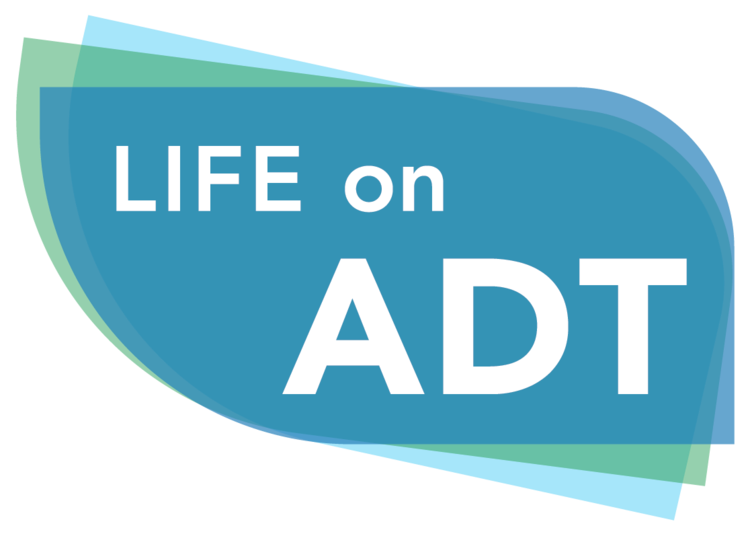Immediate versus deferred initiation of androgen deprivation therapy in prostate cancer patients with PSA-only relapse. By Galvão et al. 2014
Concluding summary from the paper: "The combination of impact loading and resistance training produced superior gain in lean mass and muscle strength compared to aerobic plus resistance exercise in prostate cancer survivors on ADT."
For the full abstract, see: http://abstracts.asco.org/144/AbstView_144_132825.html
Commentary: This is the latest abstract out of the Australian group that has been looking at the benefits of exercise for patients on ADT. These authors pose several questions:
1. Is aerobic training (running, jogging) or resistance exercise (weight lifting) better for prostate cancer patients on ADT?
2. Impact loading, such as in running or playing racket ball sports, is good for the skeleton in general; however, is it beneficial for ADT patients, who are particularly at risk of fracture due to reduced bone mineral density?
3. Is impact loading good for maintaining muscle strength?
4. What exercise program is best to preserve these factors for patients on ADT?
Dr. Galvão and his colleagues show that a combination of impact loading and resistance training produces a greater gain in muscle mass and strength compared to aerobic and resistance exercises combined. The bottom line is that all around exercise is good, provided there is no medical reason not to include impact loading in the program. Impact loading is beneficial for both the skeleton and the muscles.
So if you’re heading for the gym, consider bouncing a bit while you’re there; e.g., try jogging rather than just walking, or jumping a rope if you’re up to it.
Galvão DA, Taafe DR, Cormie P, Spry N, Joseph DJ, Chambers SK, Gardiner RA, Bolam K, Wall BA, Newton RU. 2014. A multicenter year long randomized controlled trial of different exercise modalities in prostate cancer survivors on androgen deprivation therapy. Journal of Clinical Oncology 32:5s (Suppl, abstract 5037).
